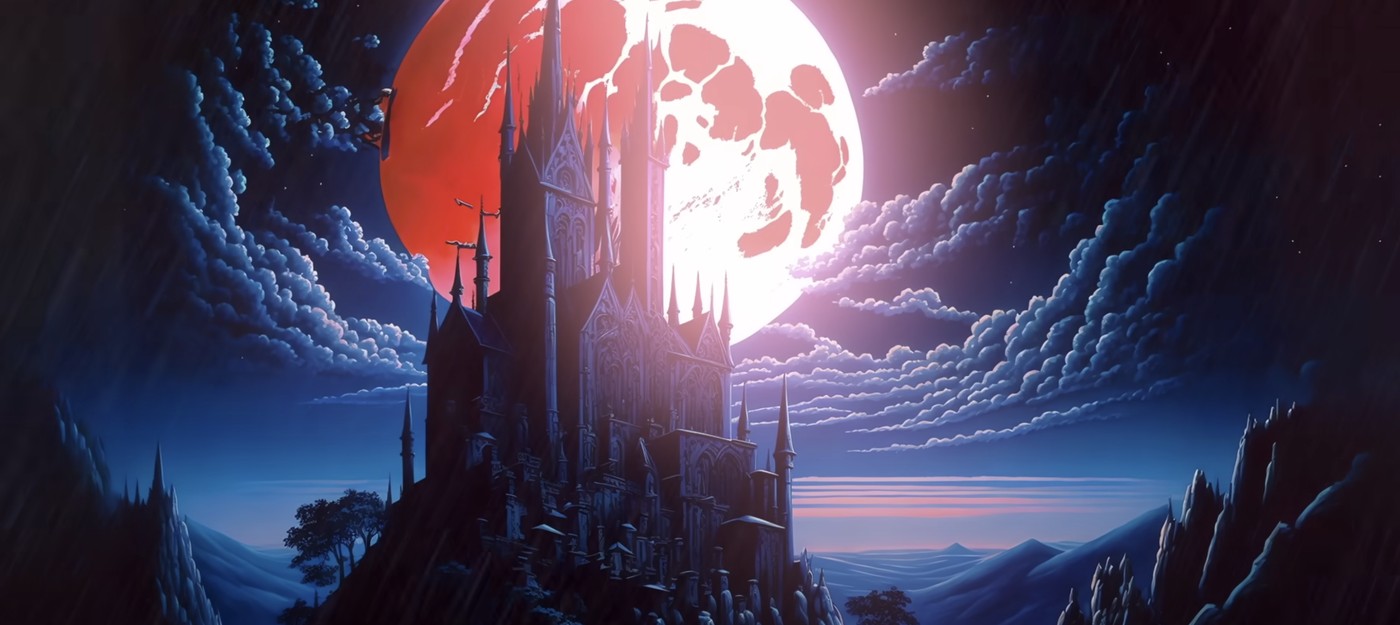Why you can't copyright or trademark an art style

Artistic expression is a fundamental part of human culture, and throughout history, artists have developed a wide range of styles and techniques to create unique works of art. However, despite the originality and creativity of these styles, it is not possible to copyright or trademark an art style. In a wake of another outrage on twitter about Crew Digital's new video where VFX team used stills from Madhouse Studios anime to recreate classic style.
Copyright law protects the expression of ideas, not the ideas themselves. In the case of an art style, it is an idea or concept rather than a specific expression. Copyright law can protect the specific works of art created in a particular style, but it cannot protect the style itself. The courts have repeatedly confirmed this principle. For example, in the case of Kieselstein-Cord v. Accessories by Pearl Inc., the court held that the plaintiff could not claim copyright protection for a design style consisting of a sculpted animal head because it was an idea rather than a specific expression. Similarly, in the case of Martha Graham School and Dance Foundation v. Martha Graham Center of Contemporary Dance Inc., the court held that dance techniques and styles are ideas that cannot be protected by copyright law.
Trademark law also cannot protect an art style because it is not a source identifier. Trademarks are used to identify and distinguish the goods or services of one company from another, but an art style is not a product or service. In the case of the Martha Graham School and Dance Foundation v. Martha Graham Center of Contemporary Dance Inc. case mentioned earlier, the court also held that dance techniques and styles are not trademarks because they do not identify the source of the services provided.
Furthermore, art styles often draw inspiration from other styles or artists, making it difficult to determine who owns the rights to the style. The free flow of ideas and inspiration is essential to artistic expression, and copyright or trademark protection of art styles could stifle creativity and limit artistic expression.
AI-generated art, which is created using algorithms and machine learning, raises additional questions about copyright and trademark protection. AI-generated art is often created using pre-existing images, and it is difficult to determine who owns the copyright in the original images. In addition, AI-generated art can be created using a combination of styles and techniques, which further complicates the issue of ownership.
One possible consequence of the inability to copyright or trademark art styles is that AI-generated art may be subject to legal challenges from artists who feel that their style has been copied. There's already a few cases, like However, as we have seen, copyright and trademark law cannot protect art styles, so it is unlikely that such challenges would be successful.
Another consequence is that AI-generated art may lead to a blurring of artistic boundaries and the creation of new styles that cannot be attributed to a single artist. This could challenge the traditional notion of authorship in art and raise questions about the value and ownership of art.
While it may be tempting to try to protect art styles with copyright or trademark law, it is not possible to do so. Art styles are ideas rather than specific expressions, and copyright and trademark law cannot protect them. This has implications for AI-generated art, which may challenge traditional notions of authorship and ownership in art. However, it also presents an opportunity for new forms of artistic expression that are not constrained by legal boundaries. As always, the future of art and its legal framework is likely to be shaped by ongoing developments in technology, creativity, and society.
- OpenAI partners with Figure AI to advance humanoid robot development
- AI opt-out feature launched on Tumblr
- AI Copilot user found that chatbot starts acting like a psychopath if asked not to use emojis